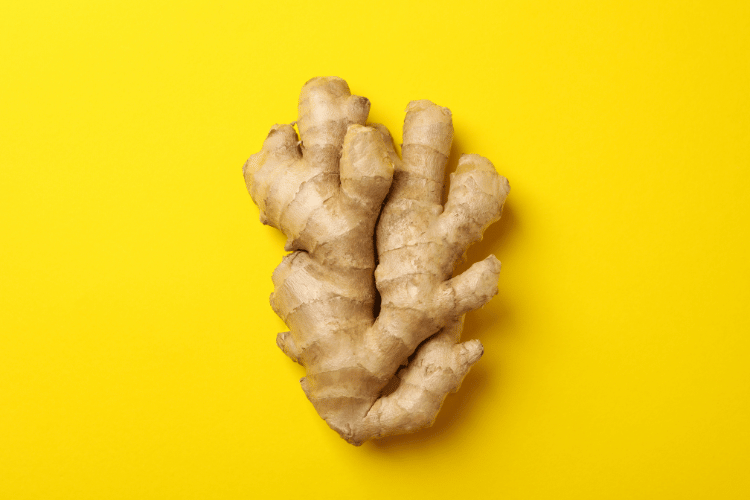Heads up! I’m NOT a doctor or nutritionist. I’m not giving you any medical, dietary, or professional advice or treatment here. Check with your doctor before you make any changes to your lifestyle or diet.
With all the recent activities and goings on for “haemochromatosis awareness week” I’ve been wondering: What’s actually improved over the years for people with hemochromatosis? What’s the current state of hemochromatosis treatment, and how is it different than 5 years ago? 20 years ago?Where have all those donations from ‘awareness campaigns’ gotten us in terms of what really matters most to anyone with the condition – safer, better, and easier disease management?
As far as I can tell, the answers are pretty dismal. The treatment guidelines seem nearly the same as they were decades ago.
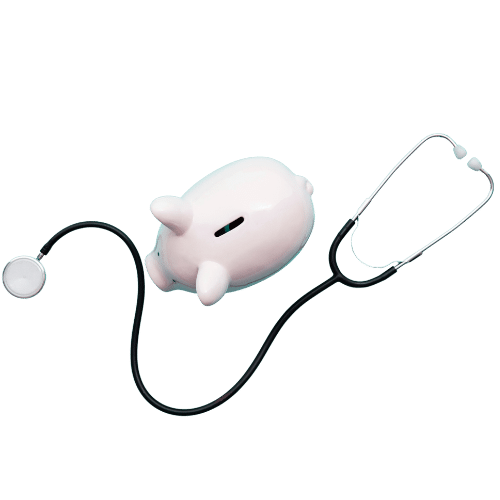
Hemochromatosis organizations emphasize the importance of phlebotomies, yet they don’t talk about potential consequences or downsides. Many recommend the EXACT same diet recommended for the general public at large, with a reminder to not take vitamin C supplements and avoid excessive amounts of meat.
Considering that food is the cause of each and every incremental increase in our iron levels (aside from our genetics, which can’t be changed), that’s simply not good enough advice for me. Not even close.
Someday my hope is that we’ll know much more about how to support healthy iron levels in an iron-loading body, beyond basic and unhelpful platitudes such as “avoid vitamin C supplements and eat a balanced diet.” For right now, there’s not nearly enough research looking into effective hemochromatosis nutritional approaches, and for me personally, that means doing a lot of investigation and trial-and-error on my own to see what influences my individual iron levels and my overall well-being.
Fortunately, there are certain foods and dietary strategies with research showing that they CAN lower iron levels.
One of the more promising nutritional arenas in which researchers have seen results is by using certain herbs and spices to lessen the amount of iron absorbed from meals. For example, rosemary has become a staple in my kitchen, as has milk thistle. I’m also intrigued by the role ginger may play in the iron-fighting kitchen.
what is ginger?
What we typically think of as ginger, with its stubby finger-like lumps and papery beige skin, is actually a rhizome – the underground stem of a plant. Some people mistakenly call this ginger root, when in reality it’s ginger rhizome. Because that’s a mouthful, it’s usually just called ginger.
While the part of the ginger plant that’s above ground is also edible (though you probably won’t ever see ginger leaves or flowers in your local supermarket), the rhizome is what contains most of the bioactive compounds that produce pharmacological and physiological activities in the body.
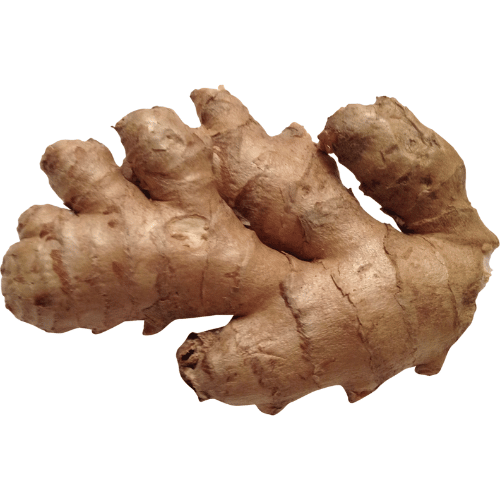
nutritional makeup of ginger
Ginger is rich in plant chemicals, containing over 400 natural compounds including polyphenols, terpenes, polysaccharides, lipids, organic acids, raw fibers, and a handful of vitamins and minerals. For those of us with hemochromatosis, what really matters are the polyphenols.
POLYPHENOLS:
Polyphenols are the components of ginger that are most beneficial for iron overload. Ginger is home to powerful polyphenols that scavenge dangerous free radicals in the body. Free radicals are one of the most common byproducts of iron overload, which is why they’re a major cause of inflammation in people with hemochromatosis. Polyphenols contain antioxidants that neutralize free radicals so they can’t do any more damage to our body’s cells, tissues, and organs.
6-SHOGAOL:
One polyphenol in particular, named 6-shogaol, is specific to ginger – you can’t find it anywhere else.
healing potential of 6-shogaol
The medicinal properties of 6-shogaol in ginger hint at a possible future therapy for lowering iron levels.
A small but promising study of patients with myelodysplastic syndrome (a syndrome that interferes with the development of healthy blood cells and often leads to iron overload) exposed 6-shogaol’s potential. These patients were given a ginger extract specifically standardized to contain high levels of 6-shogaol. In the patients who started the study with elevated serum ferritin levels, the extract reduced their serum ferritin levels by 50%. Some of the patients continued with the protocol for another three months with the same result – serum ferritin levels were lowered yet again. The researchers concluded that the 6-shogaol treatment resulted in decreased serum ferritin levels…
attributable to decreased absorption of dietary iron.
If that weren’t good enough, high liver enzymes were also reduced as a result of the treatment. Since elevated liver enzyme levels are a common consequence of hereditary hemochromatosis, 6-shogaol’s ability to return these enzymes to a more normal level is something to get excited about.
What’s even more amazing? The researchers measured patients’ hepcidin levels and found an INCREASE in hepcidin while using the 6-shogaol ginger.
hepcidin
Hepcidin has been pinpointed as the hormone those of us with hereditary hemochromatosis lack. A basic explanation of of hereditary hemochromatosis goes like this, “Genetic hemochromatosis causes iron overload by excess absorption of dietary iron, due to a decreased expression of hepcidin.”
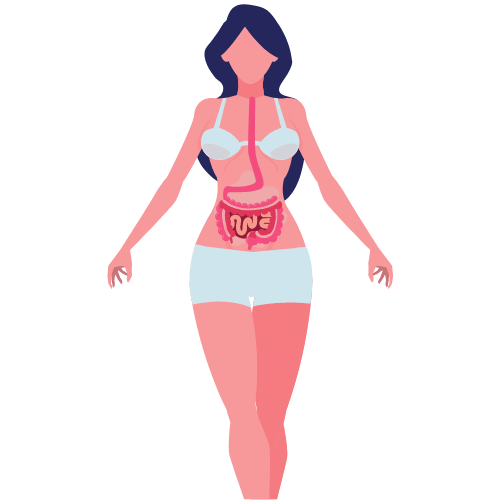
Hepcidin is what tells our intestines to stop absorbing iron from food. Its nickname is the “master regulator” of iron metabolism.
A person with a normal iron metabolism makes the right amount of hepcidin, which is why they absorb the correct amount of iron from each meal. In a person with hemochromatosis where hepcidin is too low, the hepcidin is not robust enough to stop the iron from coming through. The mutation in our HFE genes creates a hepcidin insufficiency, which in turn creates iron overload.
If we increase our hepcidin, we lower our iron. There are very few known ways to increase hepcidin production. One way is through exercise. Pro tip: resistance exercise raises hepcidin more than other types of workouts.
While exercise has countless health benefits, the fact that it boosts hepcidin levels makes it especially vital for anyone with iron overload.
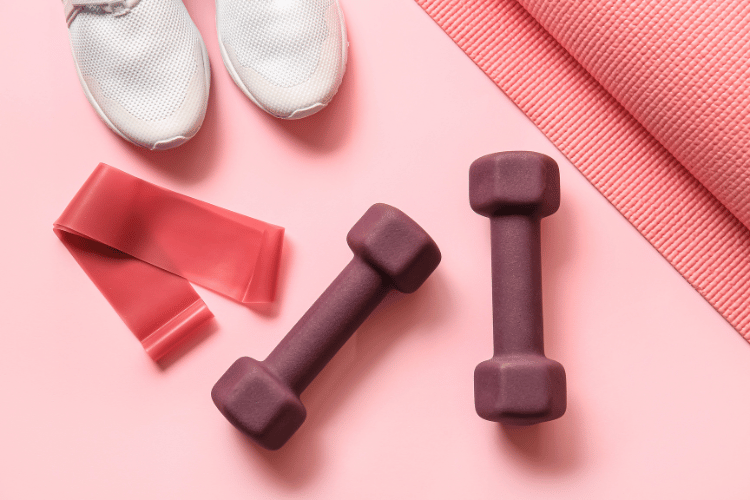
In fact, elevated hepcidin levels resulting from frequent exercise is the reason why athletes tend to become iron deficient. That downward trend in iron levels is the direction those of us with hemochromatosis want to be headed, so anytime you can, get your body moving.
However, all the exercise in the world can’t change our genes and our body’s genetically coded directions to produce shoddy levels of hepcidin. Exercise can certainly help, but it’s not enough to return hepcidin to normal levels on its own.
6-shogaol’s budding potential to boost hepcidin, the master regulator of iron absorption, ought to make this ginger-derived polyphenol the next frontier of hemochromatosis remedies. If 6-shogaol can increase hepcidin, it could be a game changer for hemochromatosis.
future medicine?
While this 6-shogaol study was small and will need to be replicated with more people to confirm the results, it’s one of the most exciting leads for a potential hemochromatosis treatment.
In fact, during my time sleuthing to unearth as much as I could about 6-shogaol, I discovered an application for a patent. The invention being patented comes from the ginger plant, and it’s described as follows:
“Composition of shogaols and related compounds from Zingiberaceae family of plants for improved iron metabolism in health and prevention iron overload in patients in need of nutritional and/or therapeutic approach to ameliorate iron-overload.”
When is this product coming on the market?! SIGN ME UP.
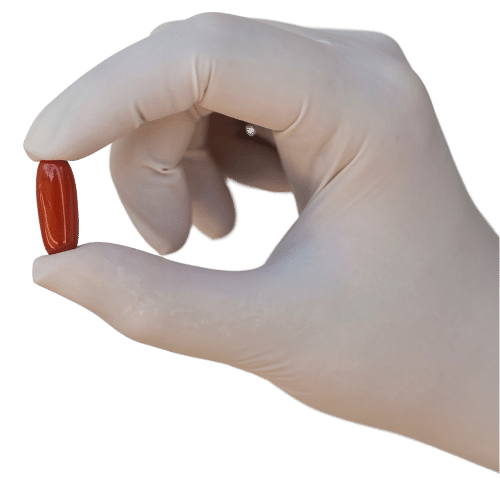

what about normal ginger?
So what about plain, nothing-fancy-about-it ginger that you buy at the grocery store? I’m talking about fresh ginger, dried ginger, and ginger supplements. These types of ginger do contain some 6-shogaol, but not the potent dose that was found to be so effective in the study on iron levels.
Even without that standardized level of 6-shogaol, preliminary animal studies highlight ginger’s ability to decrease iron levels and protect those with iron overload.
- One study utilized nano-particles from ginger in mice. While the study was aimed at using these nano-particles to send chemical messengers to suppress iron absorption, researchers stumbled into a surprising finding about the ginger nano-particles in and of themselves – they appeared to modulate iron absorption on their own. The results had some astonishing numbers. The ginger nano-particles reduced iron absorption by 20%, and serum ferritin levels were 40-50% lower than the control mice.
- In another study, rats were fed excessive amounts of iron to induce iron overload. While overloaded with iron, consuming ginger gave them protective effects against iron toxicity. The rats who were supplemented with ginger had healthier livers and kidneys than the other rats, even though they were all fed the same amount of iron. The results “showcased the protective properties of ginger against the deleterious effects of iron overloading.”
Despite this appealing data, the research is still undecided on the impact of store-bought ginger on iron levels, with mixed results. For example, one study shows that ginger can increase iron levels in people who are iron deficient. While that study in particular makes ginger seem less than ideal for hemochromatosis, this article points out that ginger seems capable of doing both things: increasing iron in those who are deficient, and decreasing iron in those who have excess.
ginger in the hemochromatosis diet
So then, what’s good advice for eating ginger when you have iron overload?
Ginger gets the green check mark and is considered a healthy addition to the hemochromatosis diet, as long as you eat it in moderation, according to the guidelines in Managing Genetic Hemochromatosis: An Overview of Dietary Measures, Which May Reduce Intestinal Iron Absorption in Persons With Iron Overload: “Until further studies are available, it is recommended that ginger should be used with moderacy in cooking foods, and ginger shots should be taken between meals.” That’s definitely do-able.
health hack for cooking with ginger
I enjoy cooking with ginger. If you’re ever preparing food with this spice, remember this: Shogaol levels increase with the drying and heating processes.
So anytime you cook with ginger – use a dried version (like this one) and heat it up to boost the shogaol content.
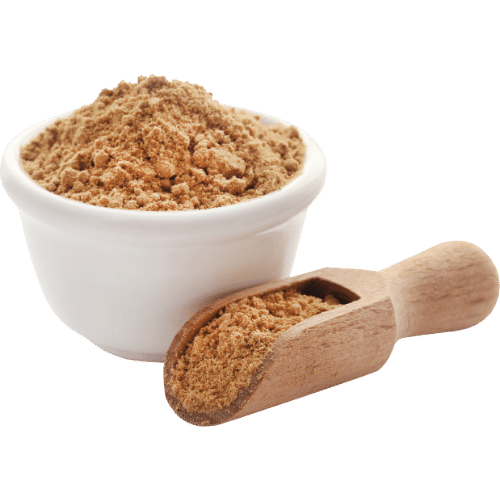
recap
Let’s do a quick recap. We’ve learned about the potential benefits of the 6-shogaol phenolic compound in ginger, including:
- reduced iron levels
- reduced liver enzyme levels
- increased hepcidin levels
Keep in mind, these results come from a small study that will need to be replicated on a larger scale to confirm accuracy. It’s also important to remember that these results were obtained using a specially designed ginger supplement with a potent concentration of 6-shogaol. Unfortunately, this is not (yet) a supplement that’s available to the public.
Looking at the list of potential benefits from 6-shogaol, the boost to hepcidin is the most impressive because it could be a potential lead into future hemochromatosis medications. And – good news – these research results are so promising that there’s a pending patent for a ginger-based medicinal product including shogaol compounds. This product is being created for people just like us:
patients in need of nutritional and/or therapeutic approach to ameliorate iron-overload.
It’s possible that 6-shogaol and its related compounds derived from ginger might take off as a life-changing hemochromatosis remedy.
Store-bought ginger has also shown to decrease iron levels and protect the liver from iron toxicity in animal studies, however the research isn’t conclusive. Until we know for sure, eat ginger and enjoy it, as long as you do so in moderation.
The best tip for incorporating ginger into your iron-fighting kitchen is to purchase dried, powdered ginger and heat it up with your meal to increase the shogaol levels.
Perhaps in years to come, 6-shogaol in ginger will be part of the standard hemochromatosis treatment plan. Until then, keep learning!
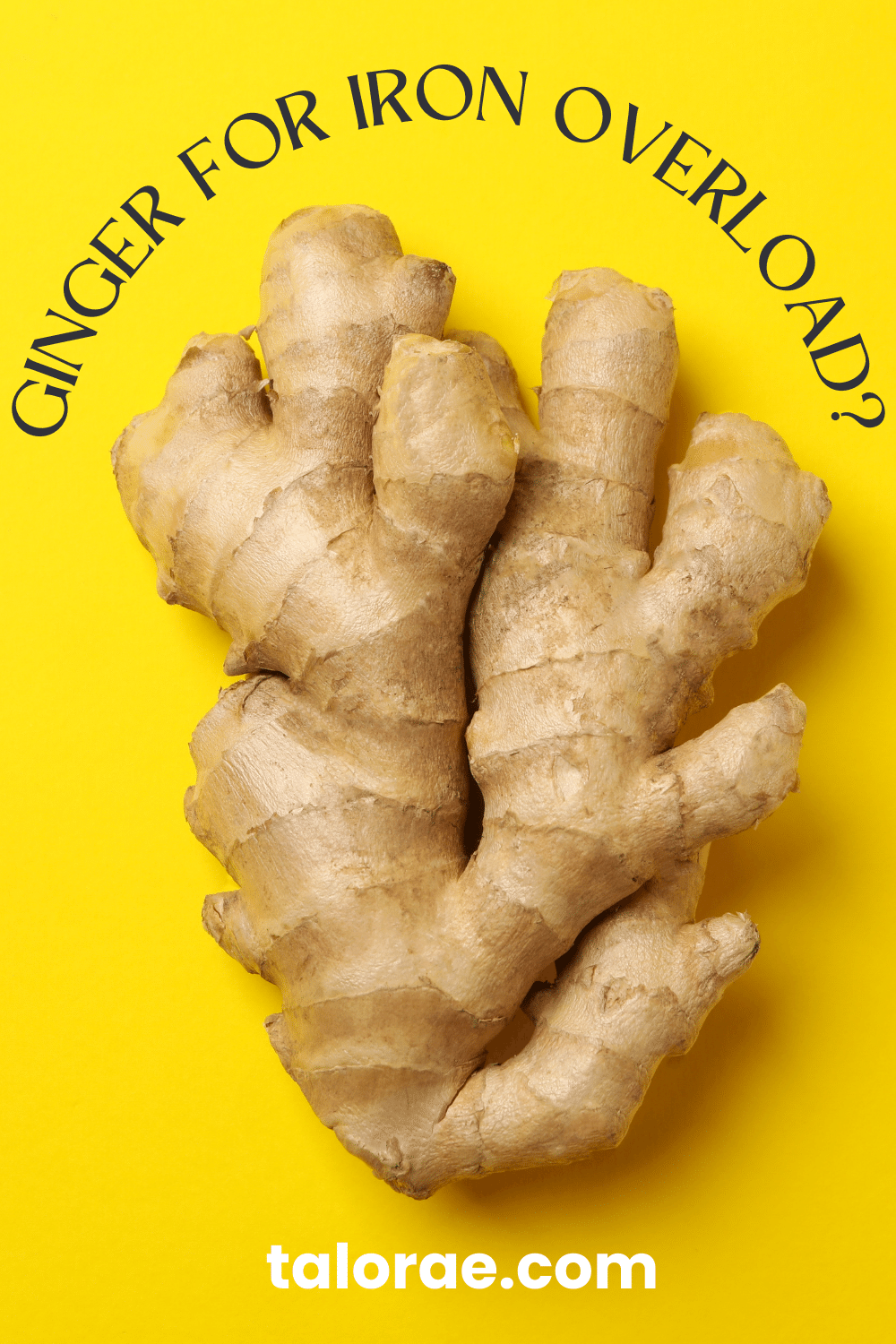
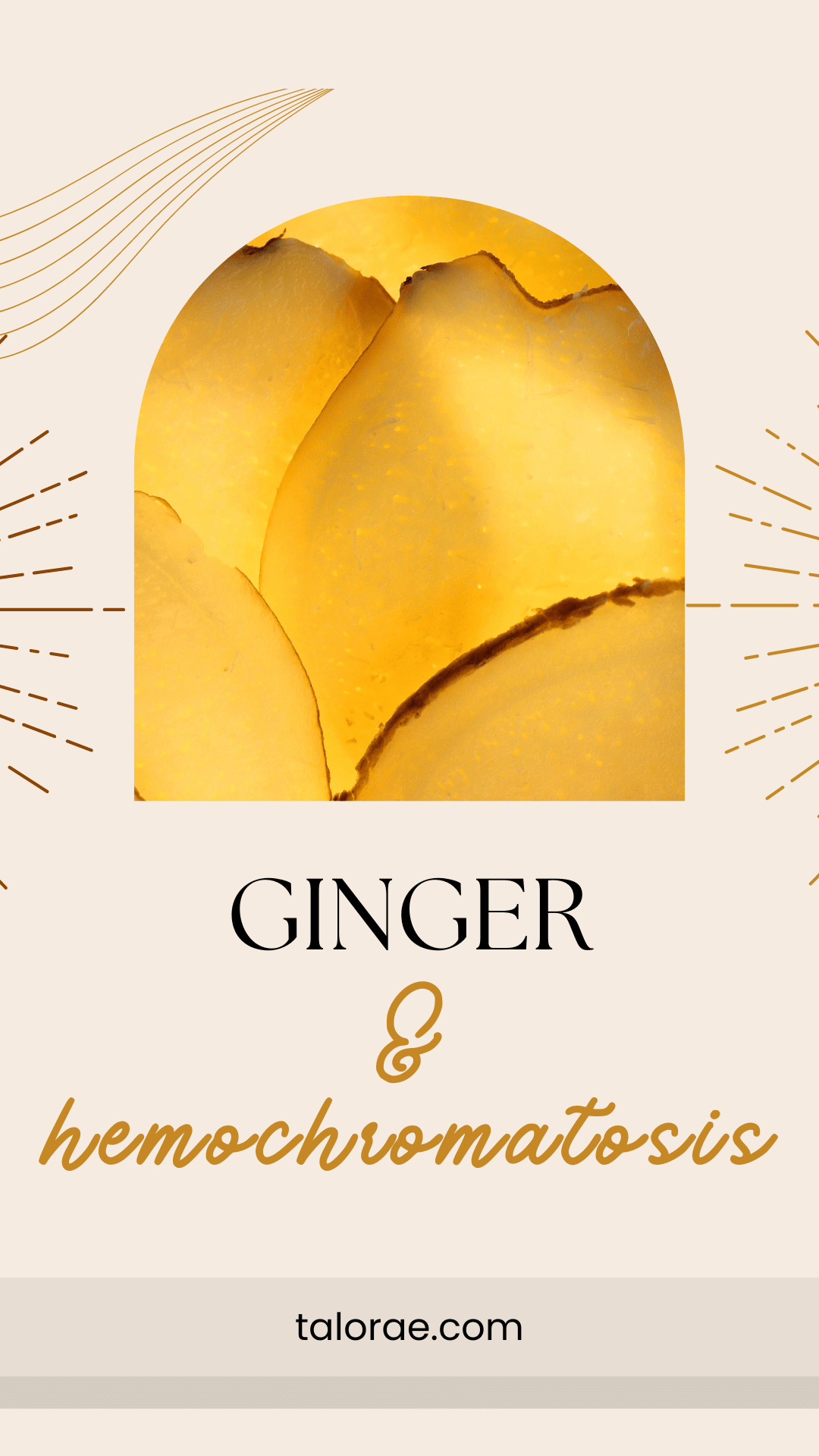
The views expressed in this post are for informational purposes only. This post is not, nor is it intended to be, a substitute for professional, medical, or nutritional advice, diagnosis, or treatment, and should never be relied upon for professional, medical or nutritional advice, diagnosis, or treatment.
No content on talorae.com, including but not limited to pictures, graphics, videos, and text, may be republished or distributed, for financial gain or not, without my written permission.
As an Amazon Associate I earn from qualifying purchases. The above content may contain affiliate links, meaning I do get a commission when you make a purchase through those links. There is no additional cost to you. Please read my disclaimer for more info.
